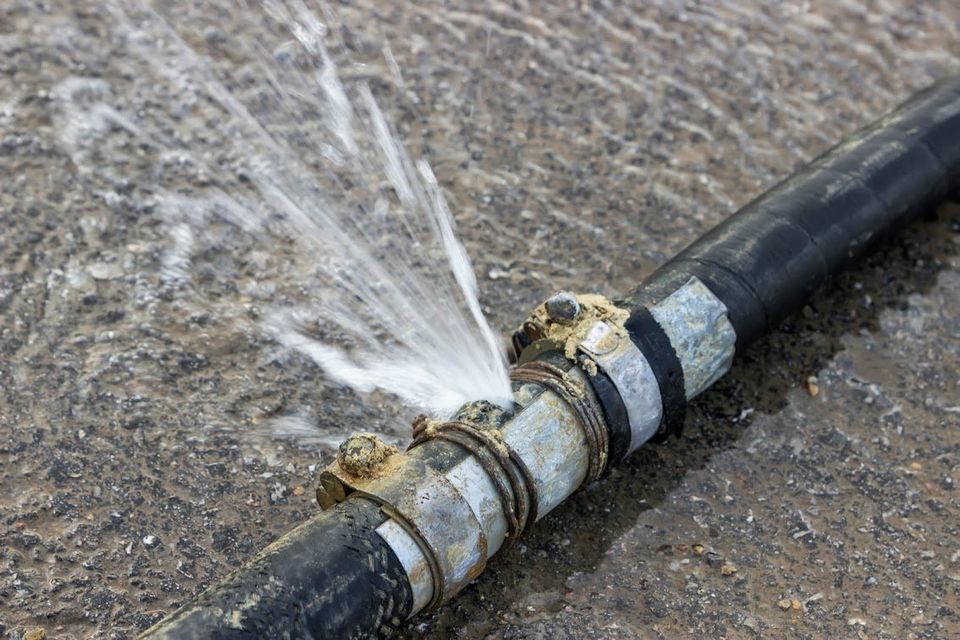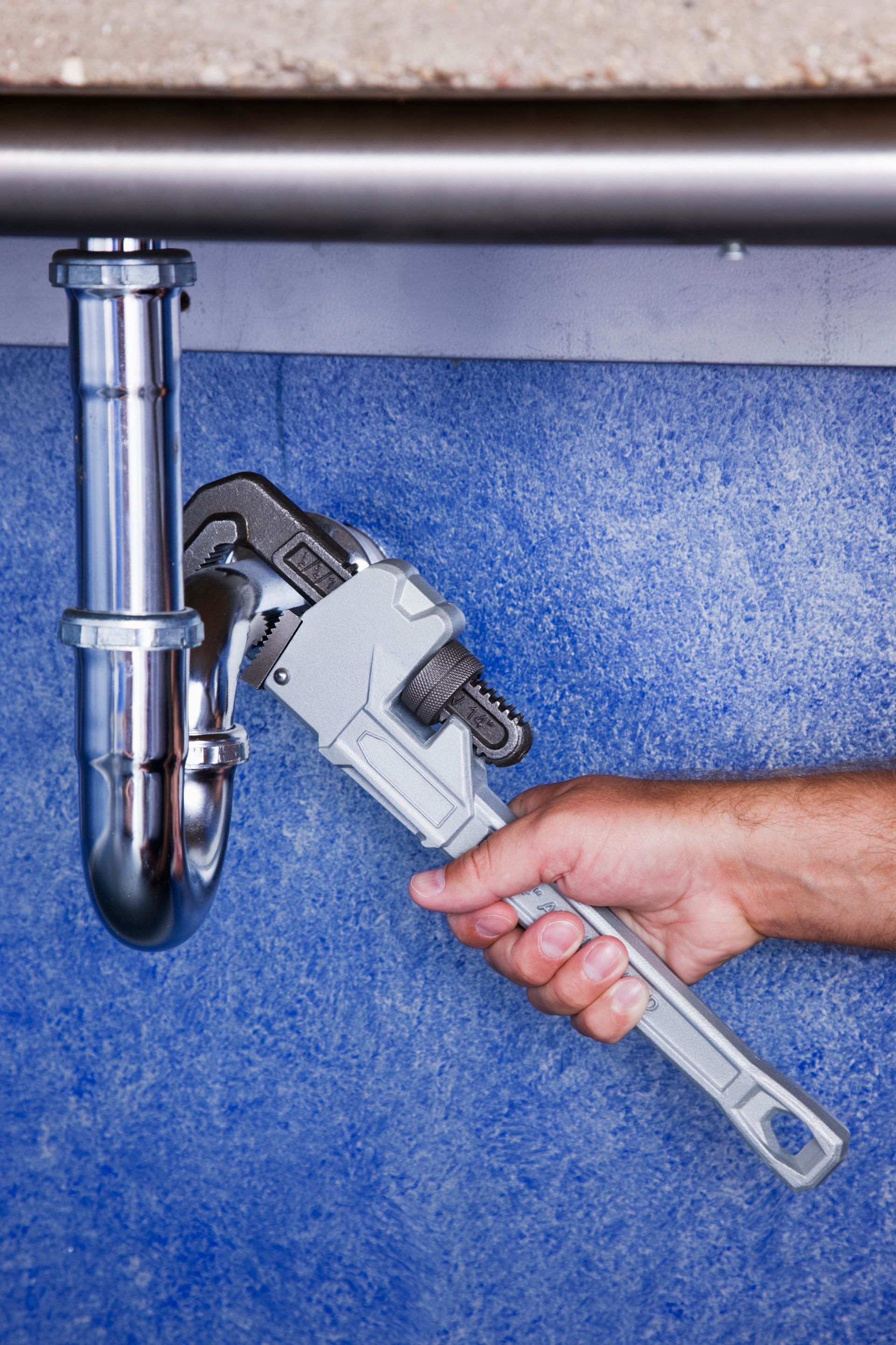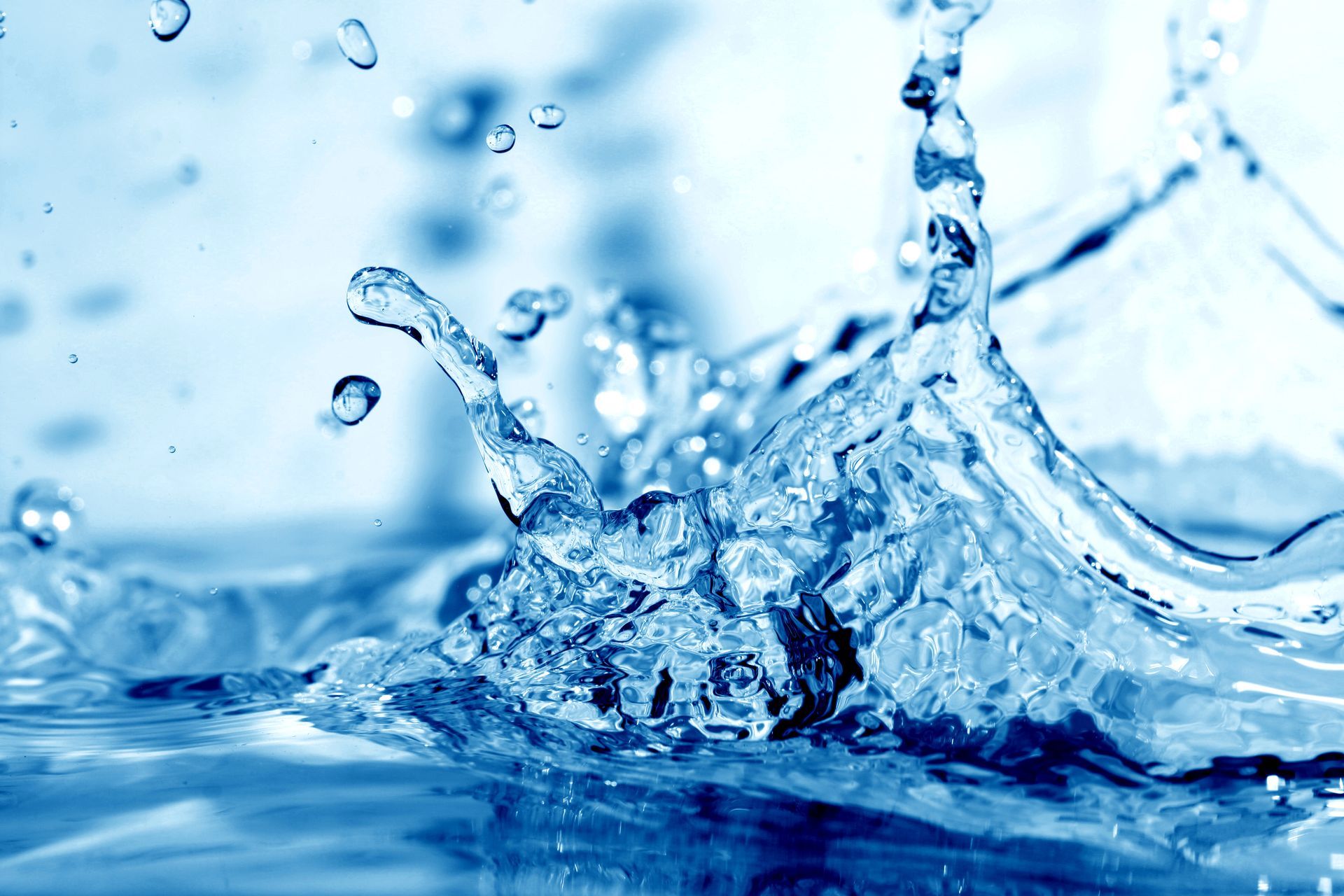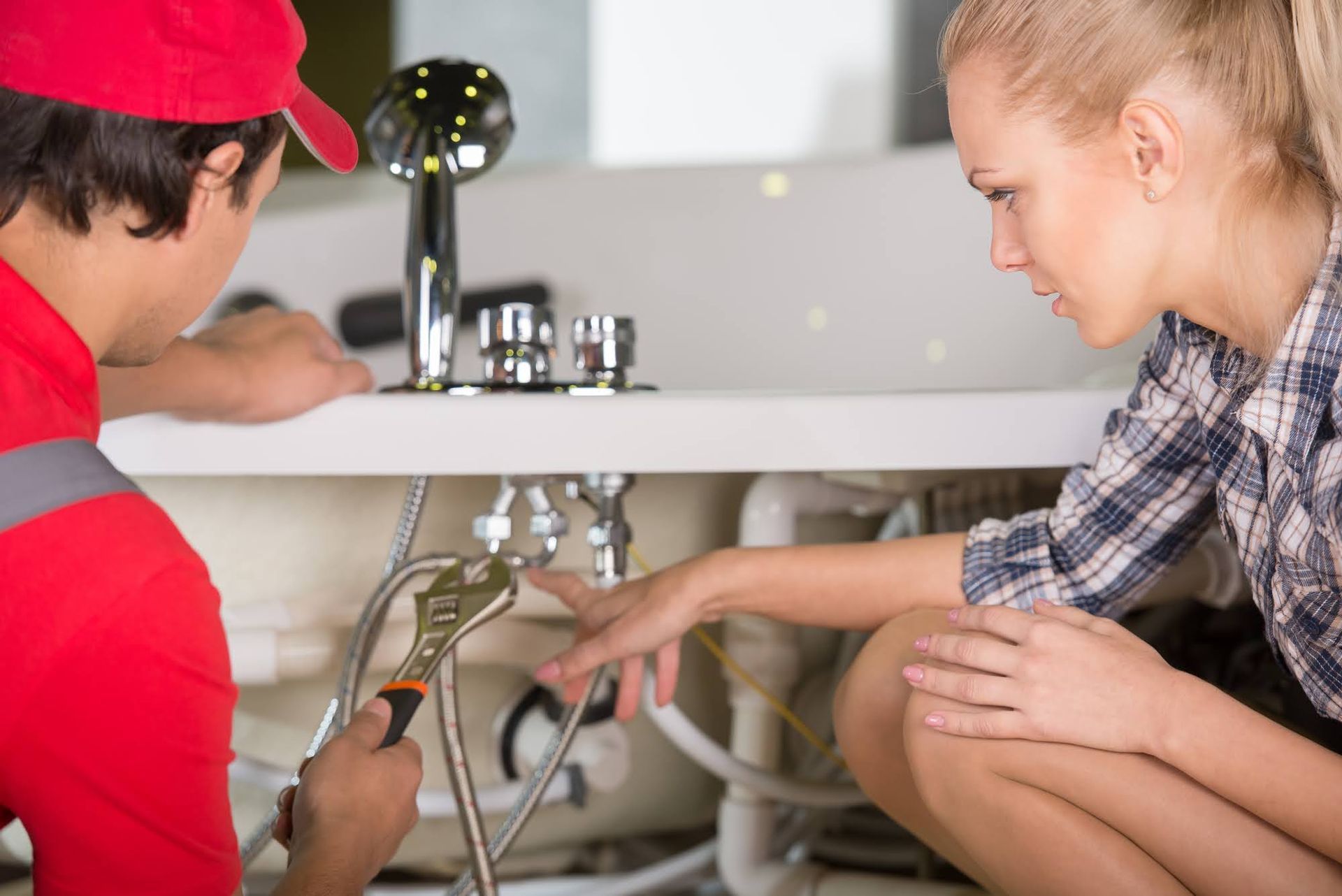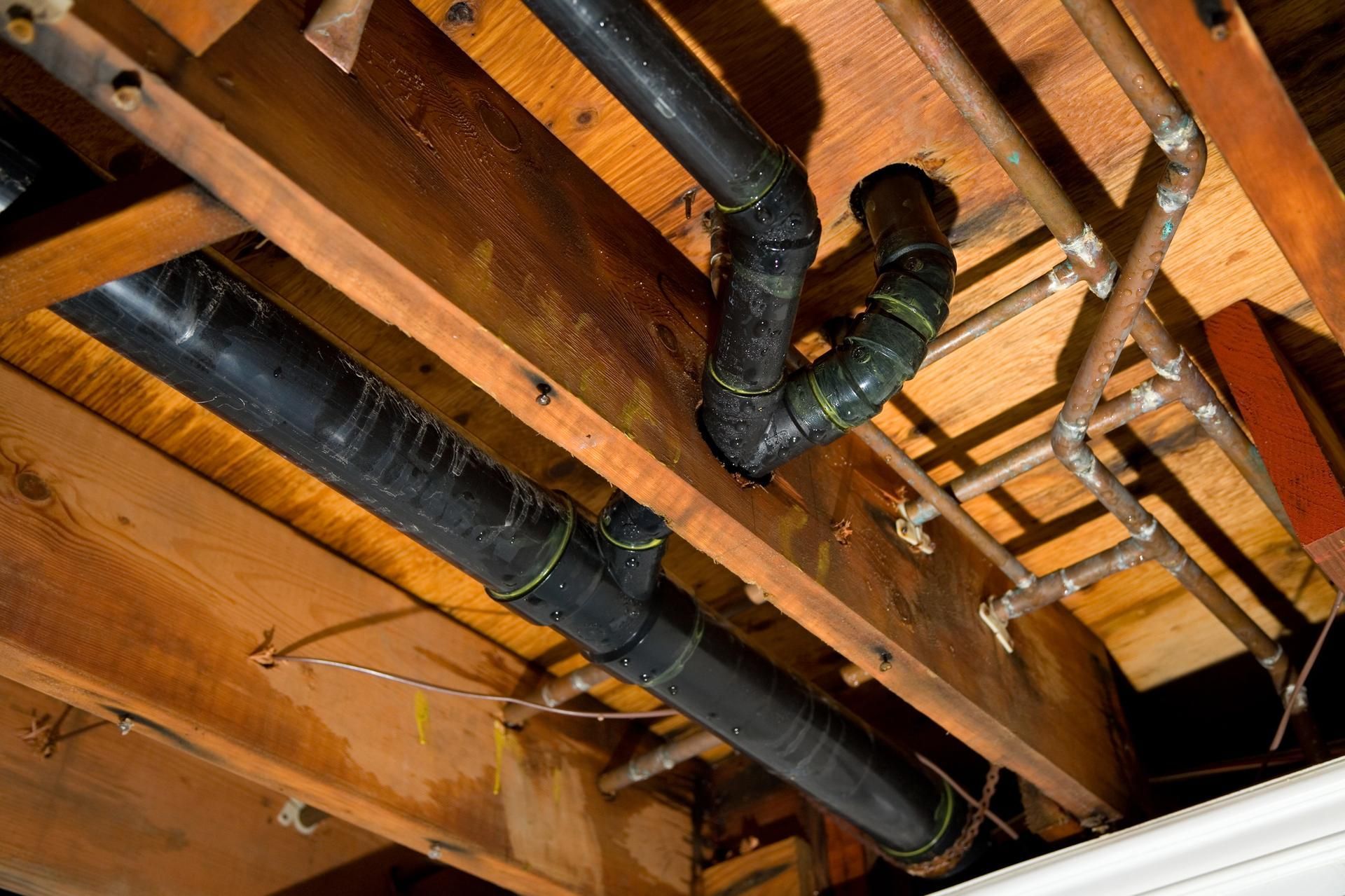Blog
A Homeowner's Guide to Plumbing Backflow Prevention
If you are a homeowner, then you should learn all about plumbing backflow, its hazards, and how to prevent it in your home.
Water backflow occurs when the contaminated water inside one of your home plumbing lines flows backward into your clean water supply or even into your city's municipal water lines. Water backflow incidents have caused many waterborne disease outbreaks throughout history, and many more people have likely become ill due to household water contamination caused by backflow without even knowing it.
Read on to learn more about water backflow and prevention.
How Water Backflow Occurs
Water backflow typically occurs when a clean water supply line, such as a garden hose, is left close to or inside of a source of unsanitary or chemical-filled water, such as a swimming pool or a simple puddle on the ground. The undrinkable or contaminated water can flow backward into the clean water line and enter the home's clean drinking water supply if either backsiphoning or backpressure occurs.
Backsiphoning occurs when the pressure inside of the city's municipal water supply lines suddenly drops due to a water main break or a broken fire hydrant. This drop in pressure can cause unsanitary water to get sucked, or siphoned, into a home's clean water supply lines or into the city's clean municipal water supply lines, potentially contaminating the clean water inside of them.
Backpressure, on the other hand, occurs when the pressure of the water inside of a home suddenly increases and forces contaminated household water back into the home's and/or city's clean water supply.
While backpressure has many causes, it often occurs when a household water line becomes clogged and water that cannot pass the clog builds up so much pressure that it has no other option other than to flow backward.
Backflow Prevention Device Types
Many backflow prevention devices are available today, and each has its unique advantages.
Atmospheric Vacuum Breaker
An atmospheric vacuum breaker (AVB) is a simple, affordable backflow prevention device. However, one AVB cannot protect your entire home from the hazards of backflow. Instead, this device is placed near one backflow-prone valve in the home, such as a hose bib valve, to prevent backflow through that valve alone.
This type of backflow valve only protects against backflow caused by backsiphonage. It offers no protection from backpressure and is difficult to test for proper function due to its lack of a test valve.
Pressure Vacuum Breakers
The pressure vacuum breaker (PVB) is one of the most common backflow prevention devices in use today. Unlike atmospheric vacuum breakers, you only need one pressure vacuum breaker to protect your whole house from the hazards of water backflow. These backflow prevention devices are also equipped with test valves, so you can test them for proper function easily when required.
However, like AVBs, these devices also only protect against backflow caused by backsiphonage and offer no protection from backpressure incidents.
Double Check Valves
A double check valve (DCV) can protect your entire home plumbing system from backflow caused by both backsiphonage and backpressure. Like PVBs, these backflow prevention devices are also equipped with test valves. However, DCVs cannot prevent chemigation backflow, which is a contamination of water caused by the chemicals used during the irrigation of agricultural crops.
Reduced Pressure Zone Device
A reduced pressure zone device (RPZD), also called a reduced pressure principle backflow assembly, is the most reliable backflow prevention device on the market today ideal for use in homes with a high potential for hazardous backflow. Unlike all other backflow prevention devices, an RPZD protects a home's water supply from backsiphonage and backpressure backflow incidents as well as from chemigation backflow.
However, RPZDs can be more costly than other backflow prevention devices and often require more extensive maintenance.
All homeowners should consider installing one or more plumbing system backflow prevention devices to protect their family from the hazards of accidental drinking water contamination.
Contact the plumbing experts at Complete Plumbing for all of your backflow prevention device installation, testing, and maintenance needs today.
Installation
Services
and Military Discount



